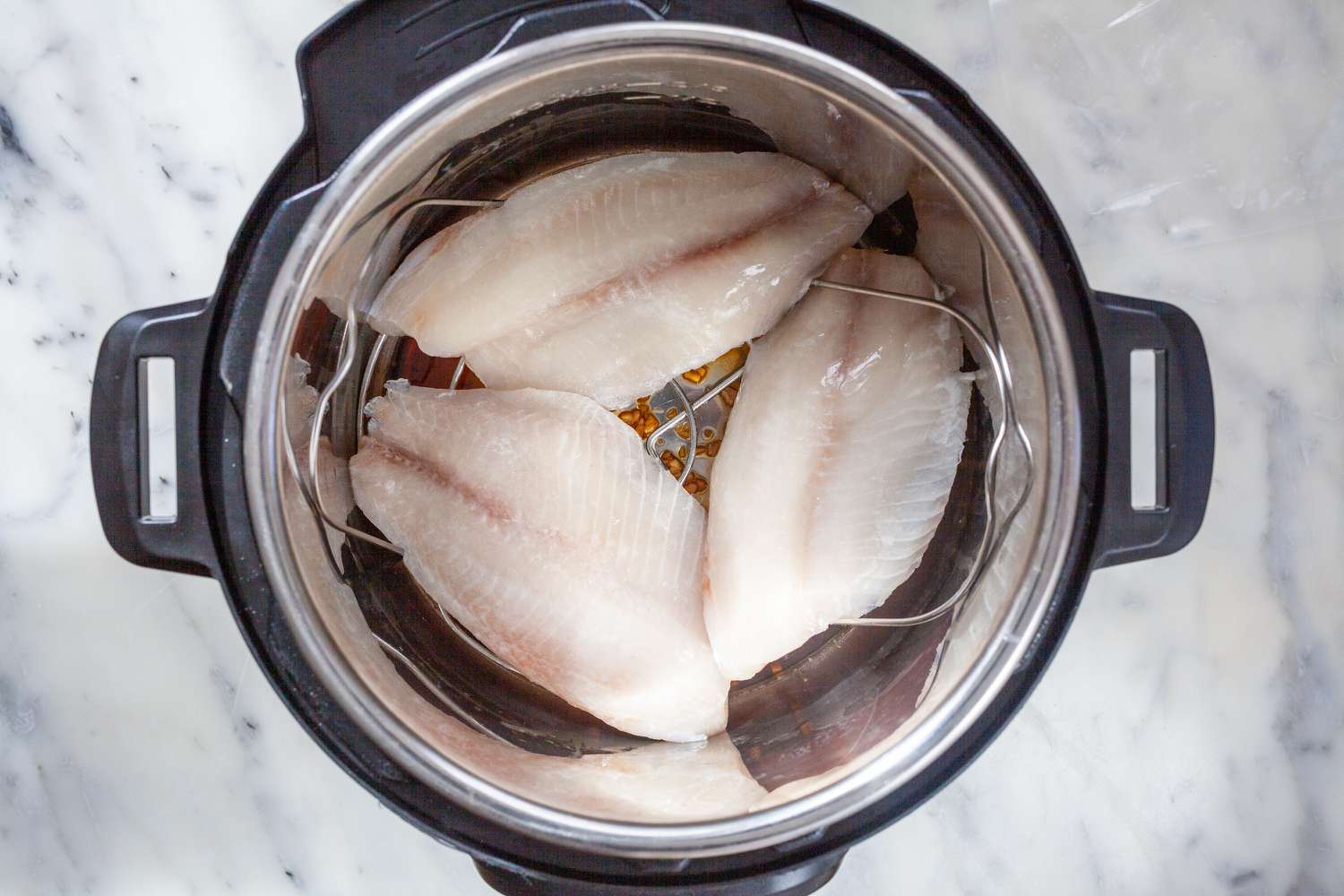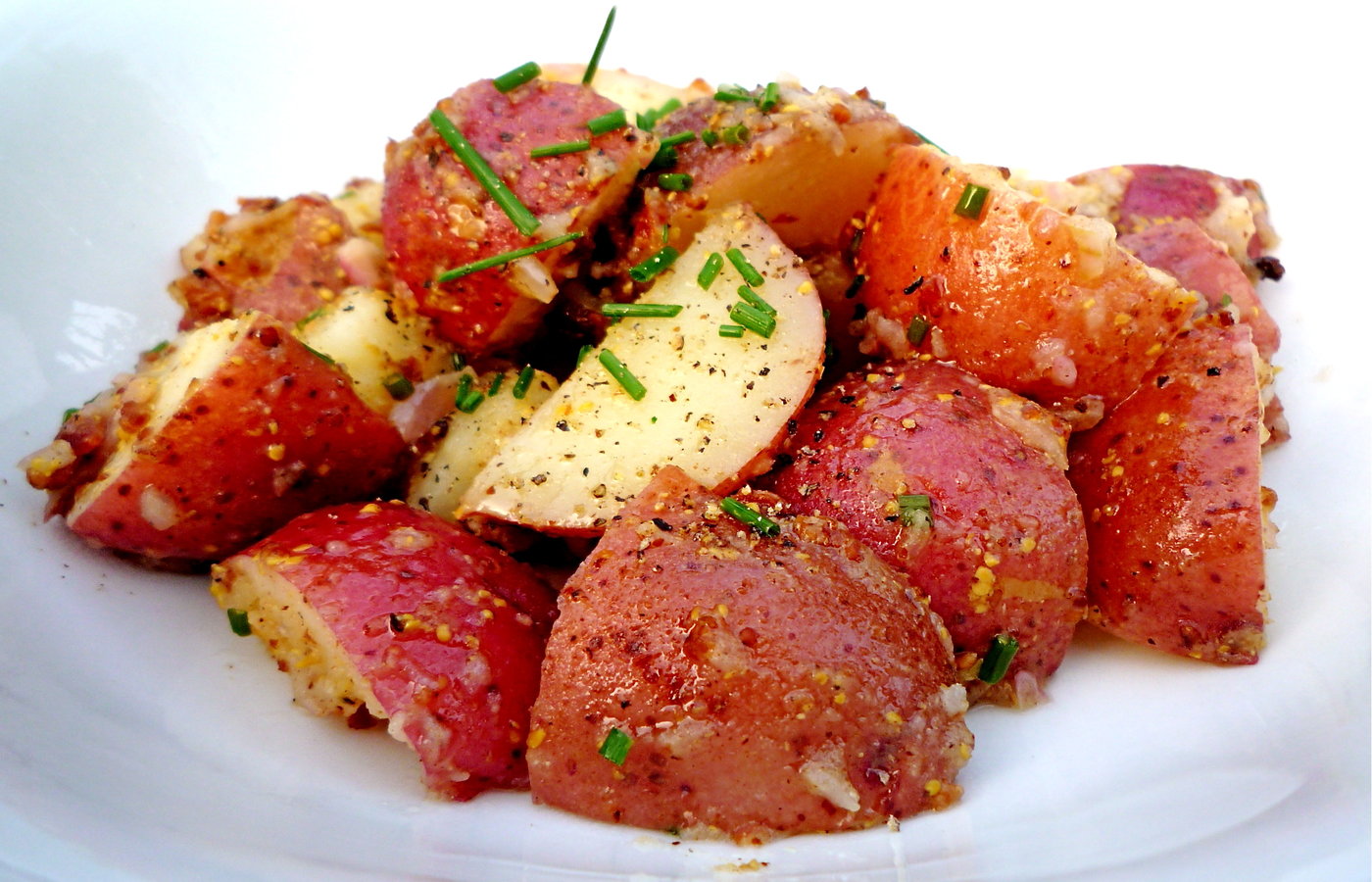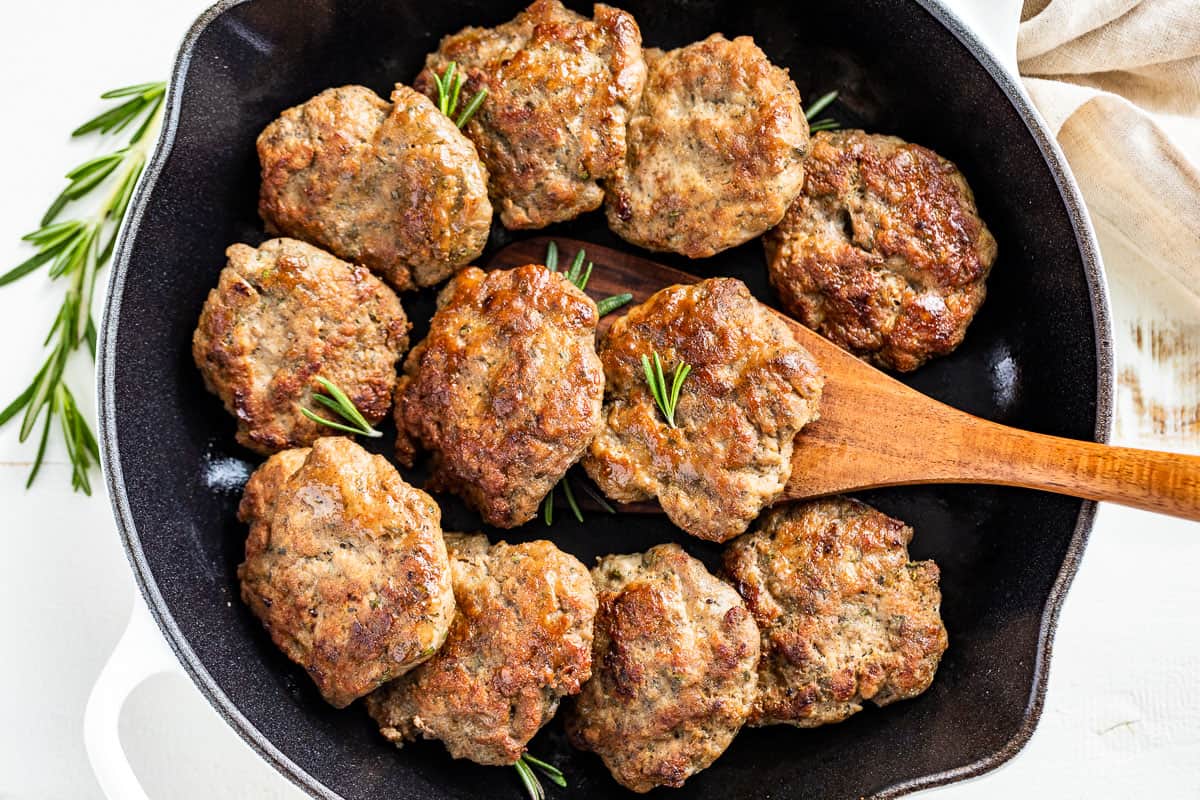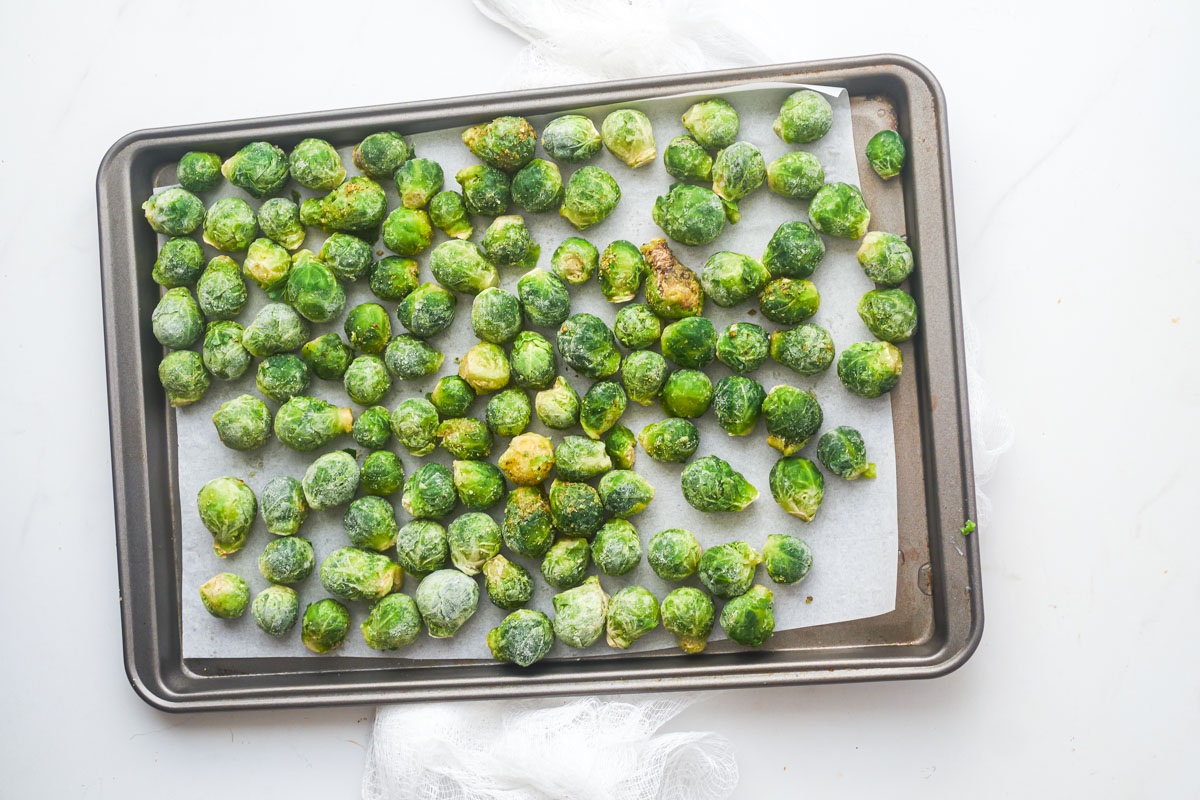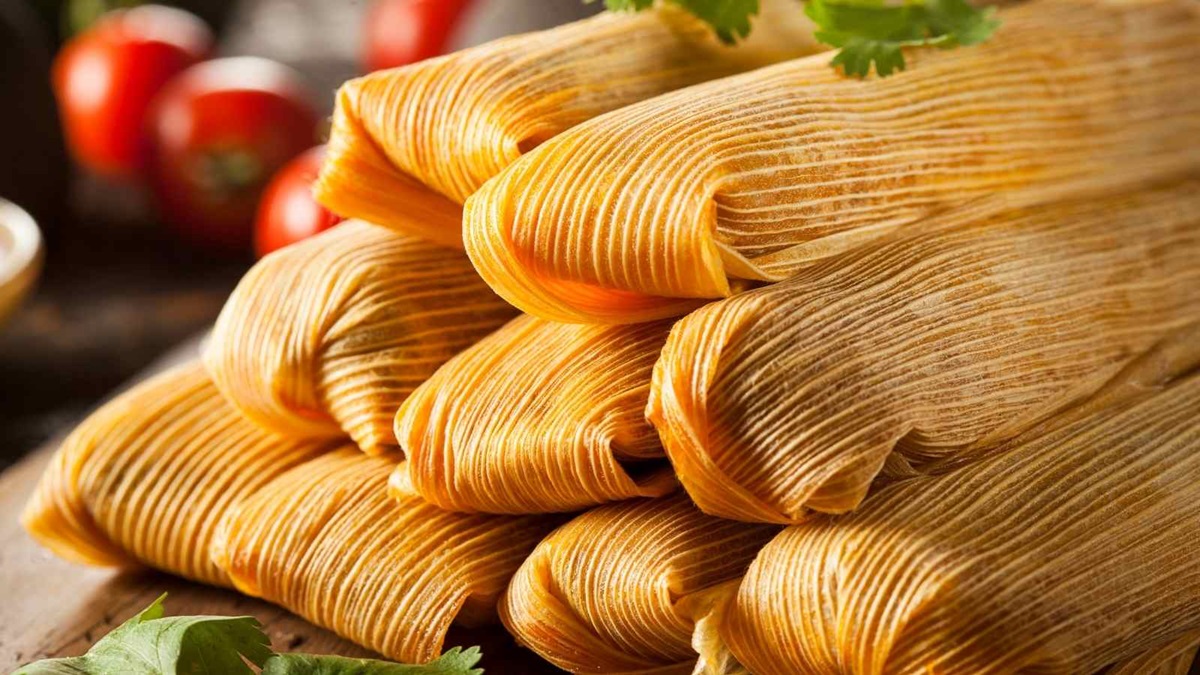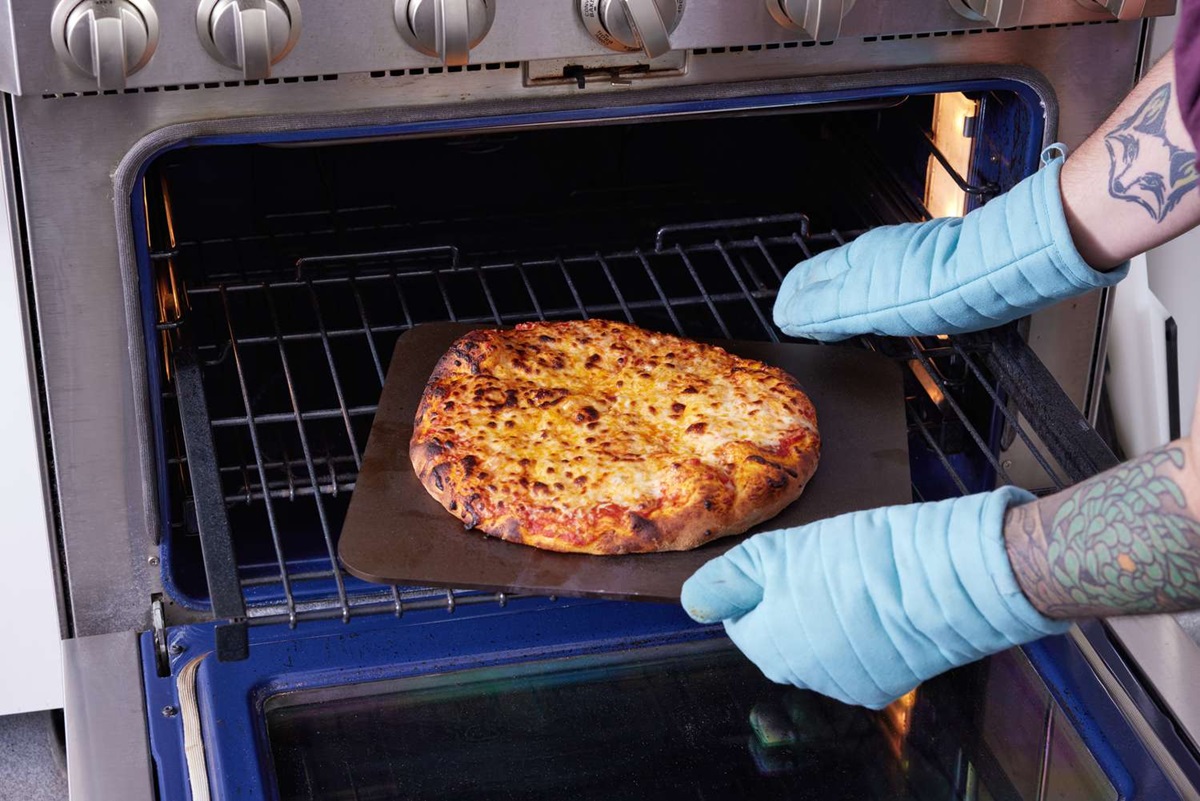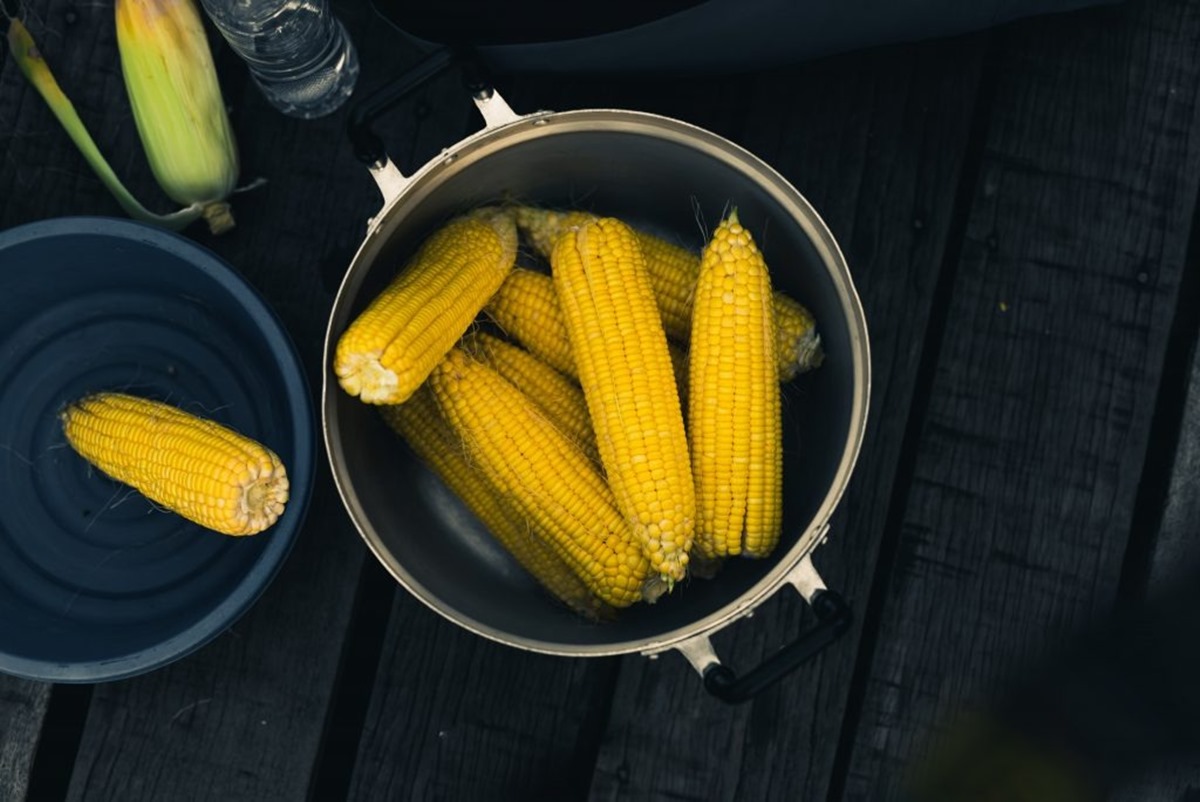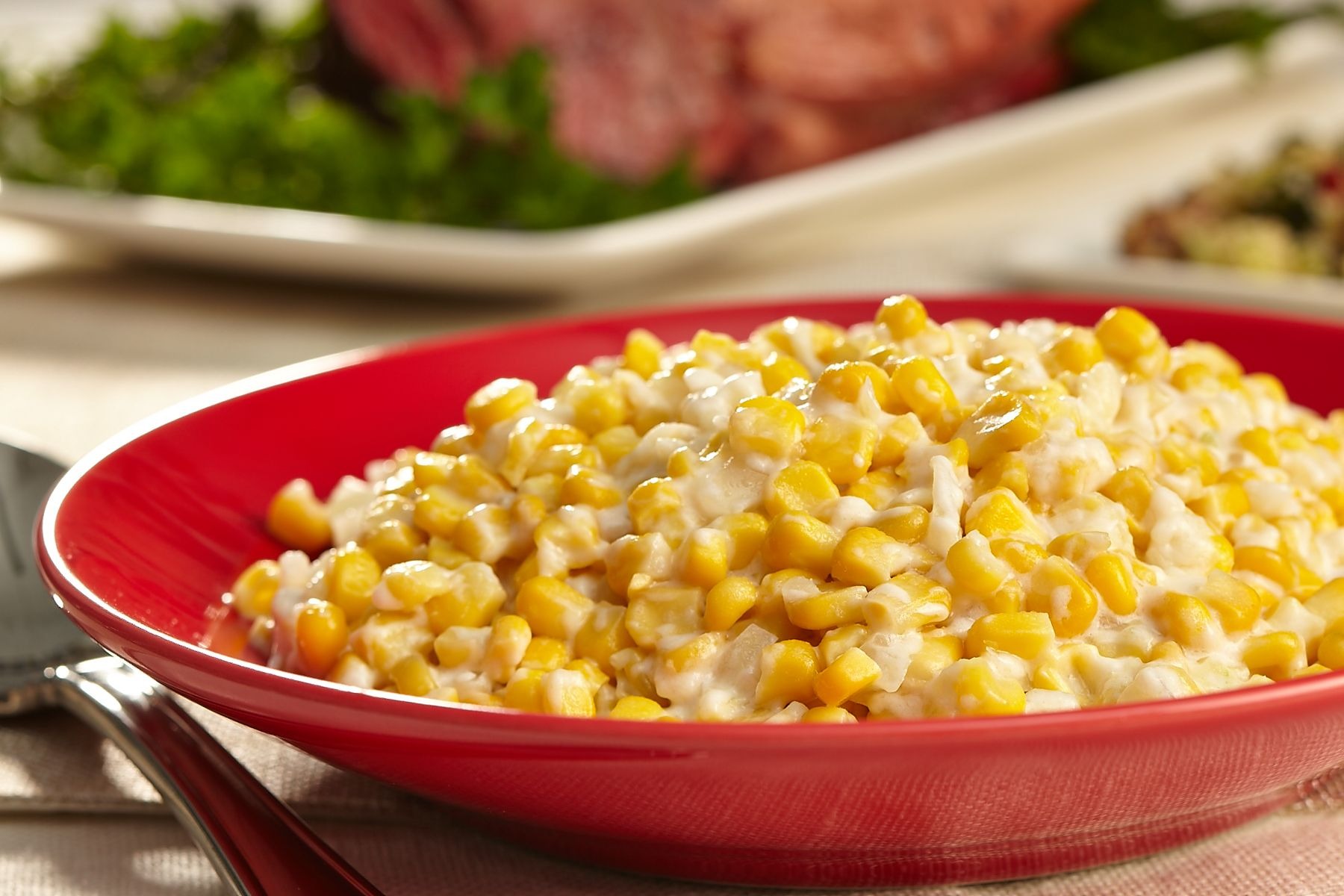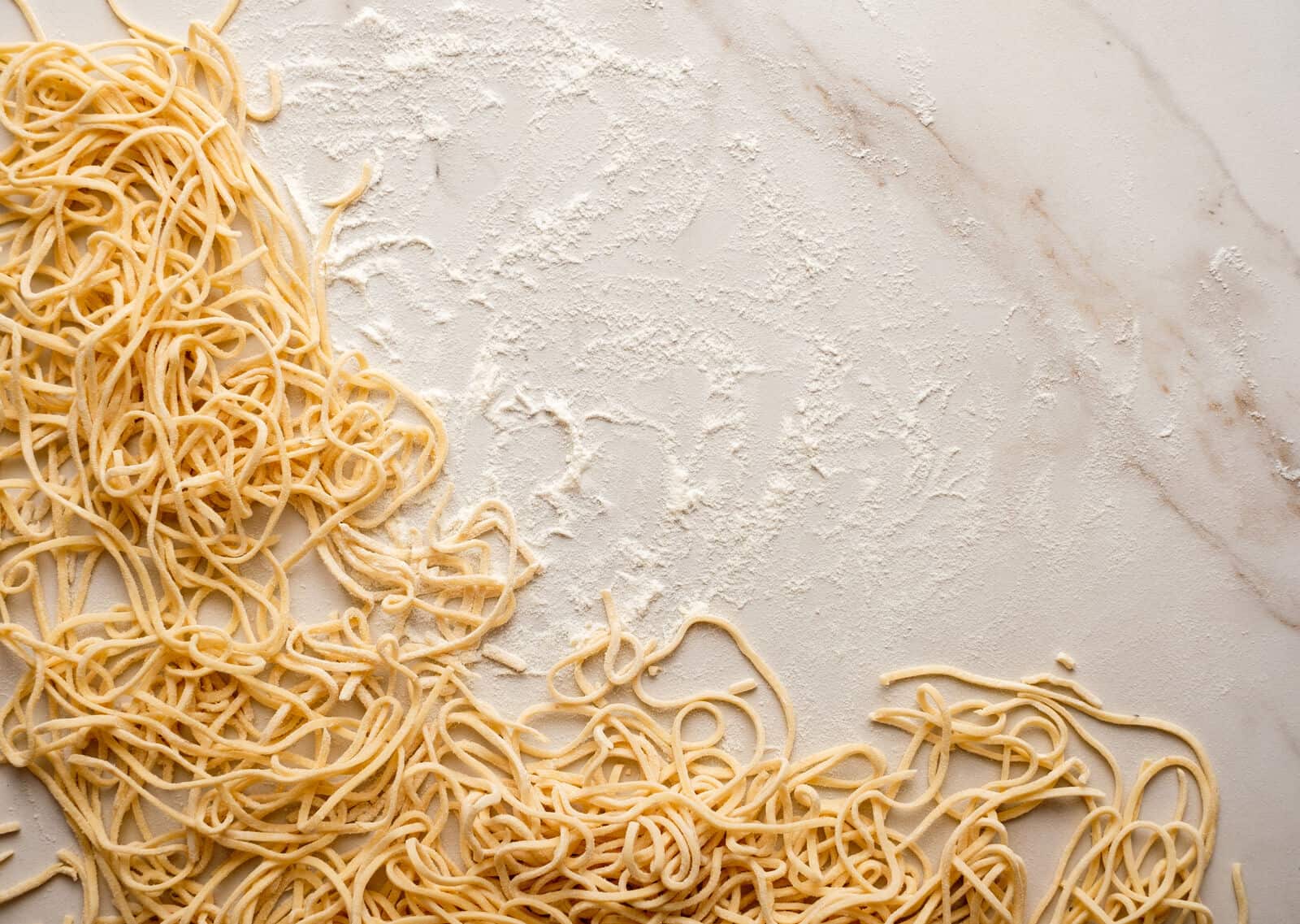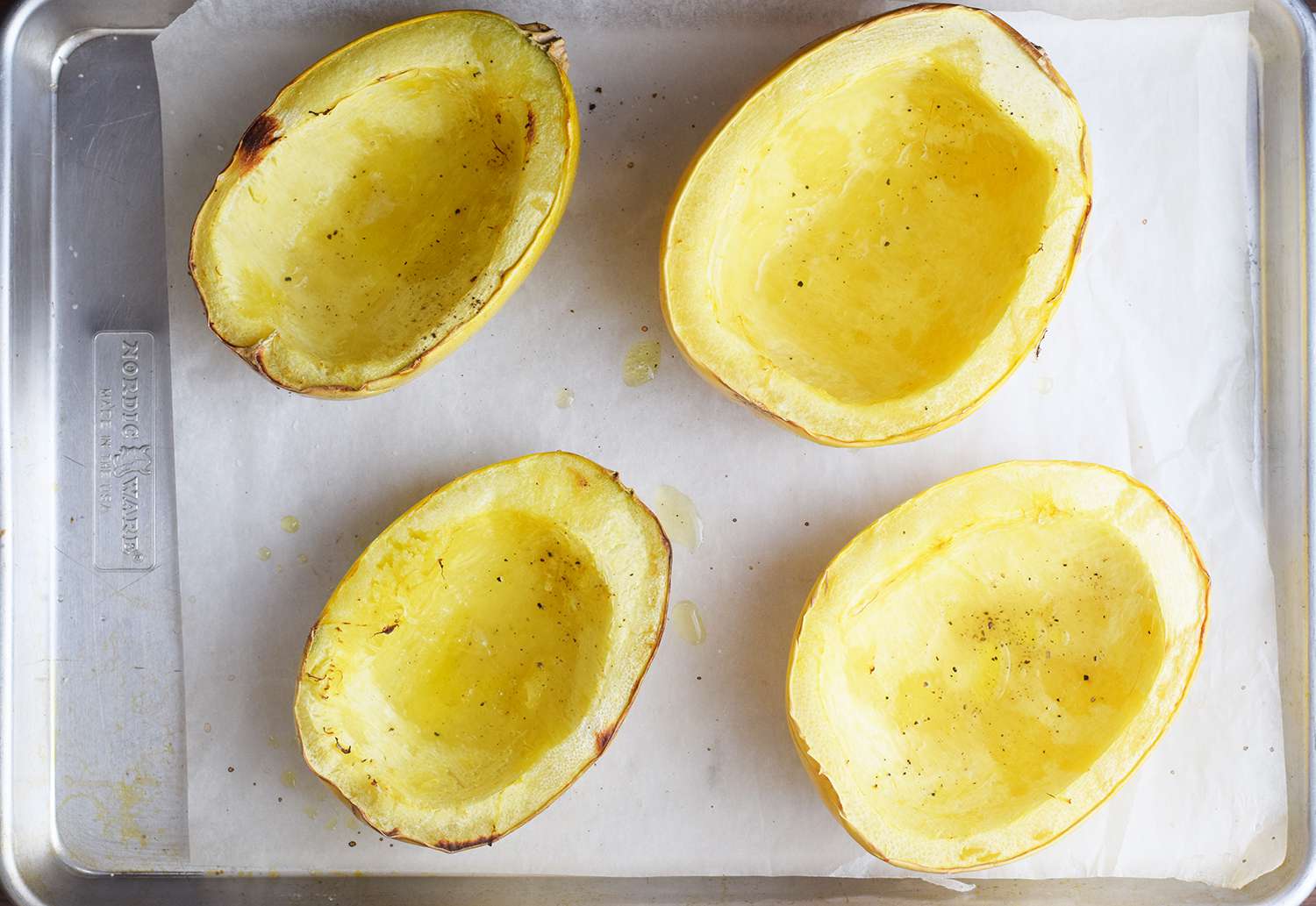How To Cook Frozen Okra Without The Slime
Okra is a versatile vegetable that can be enjoyed in a variety of dishes. However, one common complaint when cooking okra is the slimy texture that it can develop. But fear not! We have some tried and tested methods to cook frozen okra without the slime, allowing you to enjoy this delicious vegetable without any gooey surprises.
1. Thaw and Pat Dry
Before cooking frozen okra, it is important to thaw it properly. Place the frozen okra in a bowl and let it thaw at room temperature for about 15-20 minutes. Once thawed, use a paper towel to pat the okra dry. Removing excess moisture from the okra will help reduce the slime.
2. Roasting
Roasting frozen okra is a fantastic way to avoid the slimy texture while adding a delicious crunch. Preheat your oven to 425°F (220°C). Toss the thawed and dried okra with a drizzle of olive oil, salt, and your favorite spices. Arrange the okra on a baking sheet in a single layer and roast for 15-20 minutes, or until golden brown and crispy. The high heat helps evaporate the moisture and prevents the slime from developing.
3. Sautéing
Sautéing frozen okra is another method to reduce slime and enhance the flavor. Heat a tablespoon of oil in a pan over medium heat. Add the thawed and pat-dried okra, along with your desired seasonings. Sauté for 8-10 minutes, stirring occasionally, until the okra turns tender and lightly browned. The gentle heat and constant stirring help to evaporate the okra’s natural mucilage, which is responsible for the slime.
4. Pickling
If you are looking for a tangy and refreshing way to enjoy okra without slime, pickling is the way to go. Start by blanching the thawed okra in boiling water for just a minute. Drain and transfer the blanched okra to a sterile jar. In a small saucepan, combine equal parts vinegar and water, along with your desired pickling spices, salt, and a touch of sugar. Bring the mixture to a boil, then carefully pour it over the okra in the jar. Seal the jar tightly and let it cool at room temperature. After a few hours, transfer the jar to the refrigerator. The pickling process eliminates the slime, giving you crisp and tangy okra pickles.
5. Grilling
Grilling frozen okra is not only a delicious option but also a great way to avoid sliminess. Preheat your grill to medium-high heat. Toss the thawed and dried okra in some olive oil, salt, and pepper. Place the okra on the grill grates and cook for 6-8 minutes, turning occasionally, until it’s tender and charred. Grilling exposes the okra to direct heat, causing the moisture to evaporate quickly, resulting in a delightful smoky flavor without any sliminess.
By following these simple methods, you can enjoy the flavors and nutritional benefits of okra without having to deal with the dreaded slimy texture. Whether you prefer roasted, sautéed, pickled, or grilled okra, these techniques will ensure that it remains slime-free and irresistibly delicious. So go ahead, grab some frozen okra, and start cooking up a storm!
More Delicious Ways to Enjoy Frozen Okra
Now that you've mastered the art of cooking frozen okra without the slime, why not put your new skills to the test with some enticing recipes? From the simplicity of Crispy Roasted Frozen Okra to the more complex flavors of Hearty Okra Gumbo, there's a dish for every palate. We highly recommend trying the Crispy Okra Fries for a quick and delicious side dish or the Savory Vegan Okra Curry for a hearty main that will impress even the most discerning eaters. Each recipe provides a unique way to enjoy okra, ensuring you can savor this versatile vegetable in multiple forms.
Was this page helpful?
Read Next: How To Cook Frozen Fries In Oil
